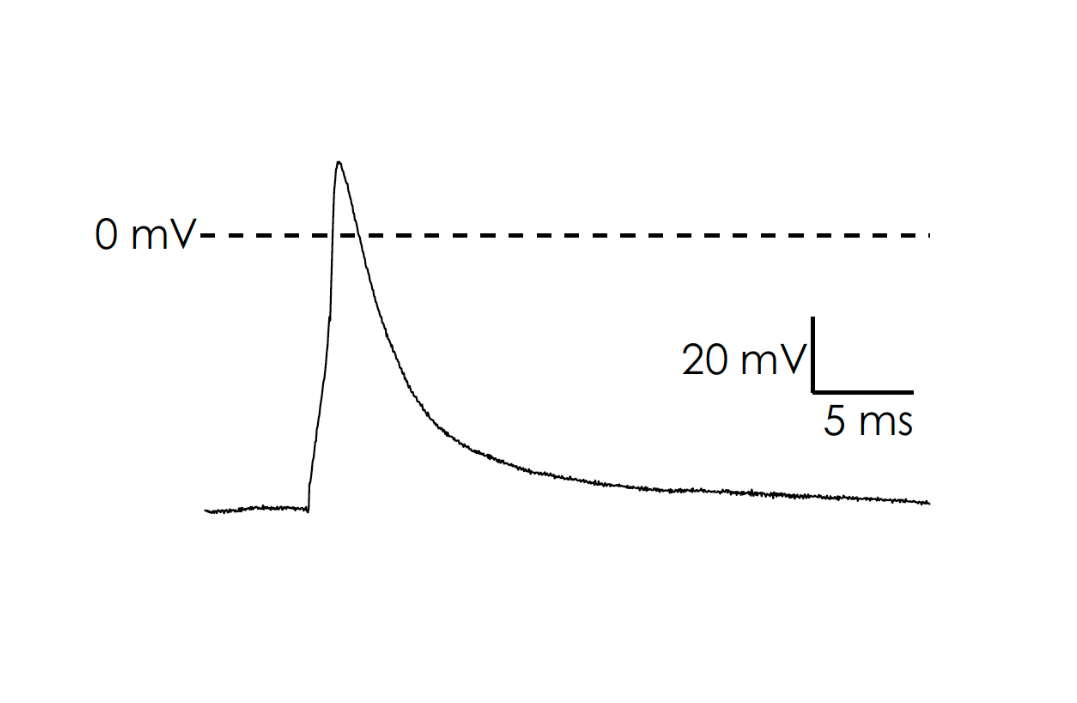Characterising ioSensory Neurons on the Patchliner, an automated patch clamp system

In this application note developed and published by Nanion, a leading provider of automated patch clamp systems, ioSensory Neurons are characterised for use on the Patchliner.
Human induced pluripotent stem cells (hiPSCs) are increasingly used in biomedical research for disease modelling and drug discovery. One challenge is the requirement to culture iPSC-derived sensory neurons for long time periods to achieve maturity. This can pose a potential challenge when using techniques such as automated patch clamp which require cells in suspension for the experiments. When cells are cultured for longer (4 weeks or more) this can result in lower success rates for cell capture, and therefore reduced the experiment success rate. bit.bio’s ioSensory Neurons developed with our opti-ox technology are >99% pure sensory neurons, with a defined nociceptor identity by day 7 post-revival as confirmed by single cell RNA sequencing.
Nanion cultured our ioSensory Neurons for 14-21 days and assessed suitability of these neurons for automated patch clamp use.
In this application note, you will discover:- Methods for performing electrophysiology measurements of ioSensory Neurons on the Patchliner.
- Results showing ioSensory Neurons have excellent success rates for cell capture and sealing following single cell dissociation.
- Clear indication of ioSensory Neurons displaying TTX sensitive and TTX resistance currents were recorded, indicating functional expression of Nav1.5, Nav1.8 and Nav1.9 ion channels, key targets for pain research.
- Results highlighting a clear presence of a functional heat activated currents.
This application note was originally published by Nanion.
Dr Alison Obergrussberger | Scientific Communications Manager | Nanion Technologies
Dr Nadine Becker | Product Manager | Nanion Technologies
Dr Kefan Yang | Applications Scientist | Nanion Technologies
V1
A Obergrussberger et al, 2024.
Nanion